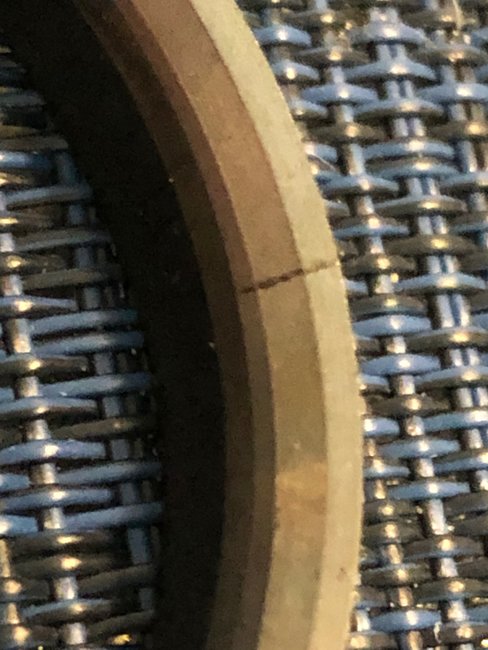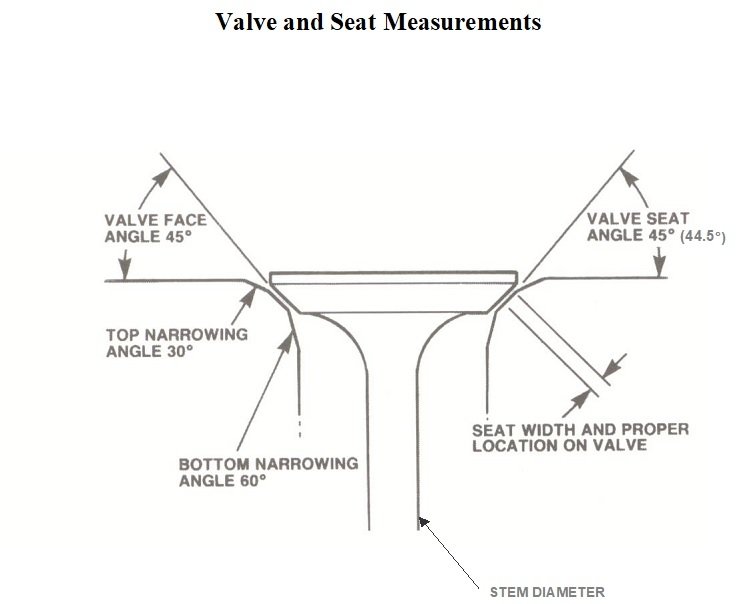Hi guys.
Also be aware lapping is more of a small engine thing. Automotive engines are machined much more precisely. We didn't even have lapping compound at the dealership. When the valve seats are ground, or in this case replaced, the width of that seat is narrower than what is specified by the manufacturer. The pounding action of the valve face is going to hammer out the seat and make it wider over time, and it will stop growing wider just when it reaches the specification. At that point the pressure from the valve spring will be spread out over such a large area that the seat won't pound out any wider.
To say that a different way, you may start out with a valve seat that's 1/16" wide, then if you tear that engine down again a few thousand miles later, that same seat will be 3/32" wide.
The seat and face are also ground at slightly different angles, usually half a degree different. That causes the valve's face to only contact a very thin ring on the seat, at first. Part of the reason is if a small chip of carbon gets stuck in there, it will crack in half and be easier to expel, rather that getting trapped between the seat and face. They usually recommend a break-in period of relatively mild driving for that seat to hammer out and make full contact. One of the functions of that seat contact area is to transfer heat from the valve head to the cylinder head. That is very inefficient at first due to that angle difference between the seat and face. We want to avoid running the engine hotter than necessary at first because the valve could overheat and start to burn away. Even if you were to lap the valve, you'd only be grinding a small portion of that thin ring of contact. The valve is going to make its own sweet spot and seal properly over a few thousand miles.
This is one of my "In-Class Notes Pages" that shows that angle difference.
Image (Click to make bigger)
Friday, April 23rd, 2021 AT 2:24 PM




